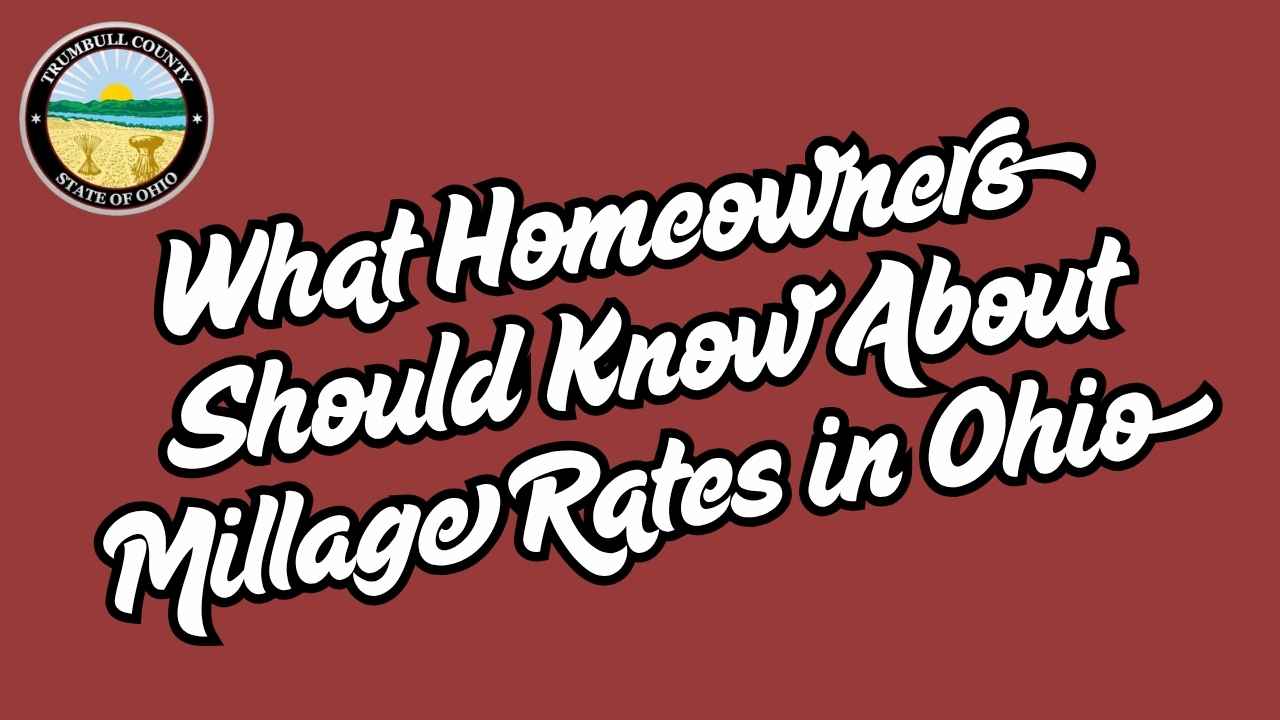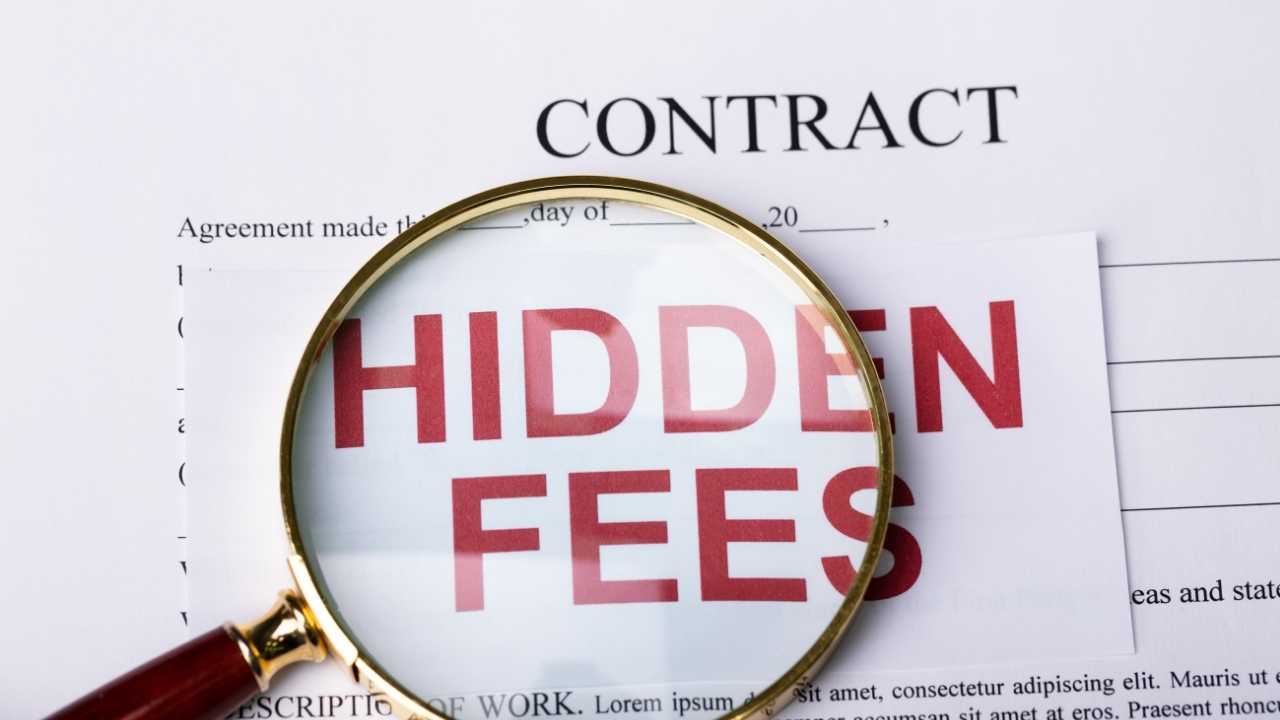In Ohio, millage rates decide how much you pay in property taxes. It’s $1 for every $1,000 of your property’s value. Knowing this helps you budget and make smart choices about owning a home. This guide will explain millage rates, how they work, and what Ohio homeowners need to know to manage their taxes.
What Are Millage Rates?
A millage rate, or mill rate, is a tax rate for property taxes. One mill is $1 for every $1,000 of a property’s value. In Ohio, these rates help fund local services like schools, roads, and emergency services.
These rates change by county, city, and school district. For example, Cuyahoga County has higher rates than Noble County. Knowing your local rate helps you estimate your tax bill.
How Are Millage Rates Calculated in Ohio?
Ohio property taxes are based on a home’s assessed value, which is 35% of its market value. The millage rate is then applied to this value. For instance, a $200,000 home has an assessed value of $70,000.
If the millage rate is 50 mills, the tax is $70,000 ÷ 1,000 × 50 = $3,500 a year. This helps homeowners predict their taxes.
Why Do Millage Rates Matter to Homeowners?
Millage rates directly affect your property tax bill. Higher rates mean higher taxes, which can increase your monthly mortgage payments if taxes are escrowed. Understanding these rates helps you plan your budget and avoid surprises.
They also show local priorities, like school funding or infrastructure. Knowing how rates are set can help you participate in local tax discussions.
Inside vs. Outside Millage: What’s the Difference?
Ohio’s property taxes include “inside” and “outside” millage. Inside millage, up to 10 mills, is set without voter approval and rises with property values. Outside millage requires voter approval and is adjusted to prevent collecting more than approved.
The 20-mill floor for school districts ensures a minimum tax rate, even if property values rise. This can lead to higher taxes in some areas.
How Millage Rates Vary Across Ohio
Millage rates vary across Ohio’s 88 counties. Cuyahoga County has an average effective tax rate of 2.18%, while Noble County’s is 0.83%. School districts also vary, with rates like 34.75 mills in Jonathan Alder to 121.26 mills in Upper Arlington.
These differences reflect local needs and property values. Checking your county auditor’s website gives you specific rates for your area.
Average Effective Property Tax Rates in Select Ohio Counties (2025)
| CountyAverage Effective Tax RateMedian Annual Property TaxMedian Home Value | |||
|---|---|---|---|
| Cuyahoga | 2.18% | $3,684 | $169,000 |
| Summit | 1.87% | $2,928 | $156,700 |
| Lucas | 1.82% | $2,623 | $144,200 |
| Mahoning | 1.47% | $1,934 | $132,000 |
| Noble | 0.83% | $1,200 | $145,000 |
Source: SmartAsset, 2023 data, adjusted for 2025 trends
Factors That Influence Millage Rates
Local government spending is a big factor in millage rates. Schools usually get the most money, followed by county services and infrastructure. When property values go up, taxes can increase, too.
State laws, like House Bill 920, control how much outside millage can grow. If voters approve new levies for schools or parks, rates can go up.
How to Find Your Property’s Millage Rate
To find your property’s millage rate, visit your county auditor’s website. For example, the Trumbull County Auditor’s page is a good place to start. Just enter your address to see the total rate for your area.
You can also reach out to your auditor’s office for help. They can give you more information.
How Property Taxes Are Calculated
To figure out your property tax, multiply your home’s assessed value by the total millage rate. For instance, a $300,000 home with a 60-mill rate would be: $105,000 ÷ 1,000 × 60 = $6,300 a year.
Tax credits, like the homestead exemption, can lower this amount. Always check if you qualify for any exemptions.
The Role of the Trumbull County Auditor
The Trumbull County Auditor sets property values and applies millage rates to calculate tax bills. They update values every three years. Homeowners can appeal if they think the value is too high.
The auditor’s website has tools like levy estimators to help you see tax changes. If you have questions, contacting the auditor directly can help.
How Property Value Increases Affect Taxes
Recently, Ohio’s property values went up 30–35%. This affects tax bills. Inside millage goes up with value, so a 25% value increase means a 25% tax hike. Outside millage stays the same unless it hits the 20-mill floor for schools.
This means some homeowners face bigger tax hikes than others. Knowing when your county reappraises can help you prepare.
The 20-Mill Floor and Its Impact
The 20-mill floor means school districts collect at least 20 mills, even if values rise. This can make taxes go up in districts at or below this level. For example, Olentangy School District saw only a 4% tax increase despite a 35% value jump.
Homeowners in districts above the floor might see smaller increases. Knowing your district’s status is key.
Tax Exemptions and Reductions in Ohio
Ohio offers tax breaks to lower property taxes. The homestead exemption reduces the market value by $25,000 for seniors or disabled homeowners earning under $34,600. Disabled veterans may exempt $50,000.
Apply for these exemptions through your county auditor’s website. Local governments might offer more relief, so check with your auditor.
Appealing Your Property Assessment
If you think your home’s assessed value is too high, file a complaint with your county’s Board of Revision. Provide evidence like a recent appraisal or comparable home sales. The informal value review process starts in the fall of reappraisal years.
Appeals can lower your tax bill if successful. A tax professional can guide you through the process.
How Millage Rates Affect Your Mortgage
Property taxes are often included in your mortgage payment through an escrow account. Higher millage rates mean a bigger monthly payment. For example, a $3,500 annual tax bill adds about $292 to your monthly mortgage.
Review your escrow account annually to make sure it covers tax increases. Contact your lender if you notice any discrepancies.
Strategies to Manage High Property Taxes
To manage high taxes, consider these steps:
- Apply for exemptions: Check if you qualify for homestead or veteran exemptions.
- Appeal assessments: Contest inaccurate property values with evidence.
- Budget for increases: Plan for reappraisal years when values may rise.
- Buy in low-tax areas: Research counties like Noble with lower rates.
These strategies can help reduce your tax burden and save money.
Pros and Cons of Appealing Property Assessments
| Pros | Cons |
|---|---|
| May lower your tax bill | Requires time and documentation |
| Corrects inaccurate valuations | No guarantee of success |
| Empowers homeowner advocacy | Possible legal or appraisal costs |
Recent Trends in Ohio Property Taxes (2025)
In 2025, Ohio’s property tax system is under the spotlight. Home values are rising fast. Lawmakers tried to make changes.
They wanted to use three years of sales data for valuations. This was to reduce big spikes in some counties. But, their plan didn’t pass. Homeowners should keep an eye on future changes that could affect their taxes.
It’s also important to watch local government decisions. New levies can change your taxes. Check your county auditor’s website for updates.
How to Stay Informed About Millage Rates
Visit your county auditor’s website for rate updates. The Ohio Department of Taxation (tax.ohio.gov) has statewide tax info. Local real estate agents can also share insights on millage changes.
Going to community meetings or following local news helps. Being proactive lets you plan your finances better.
Why Understanding Millage Rates Saves You Money
Knowing your millage rate helps you plan for taxes. It lets you find ways to save. For example, you can appeal an overvalued assessment or apply for exemptions.
Being informed also helps you vote on local levies. These can affect your rates. It’s all about managing your taxes effectively.
Conclusion
Millage rates in Ohio are key to your property tax bill. They vary by county and school district. Understanding them helps you manage your taxes.
Visit your county auditor’s website, like Trumbull County’s, to stay updated. This way, you can control your homeownership costs better.




